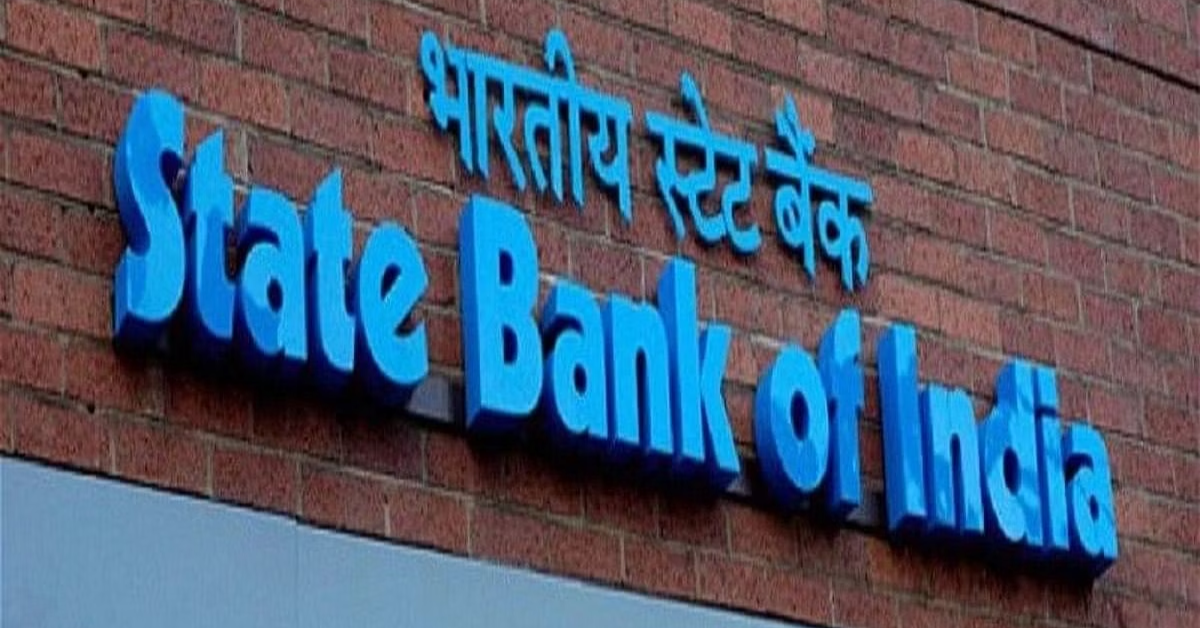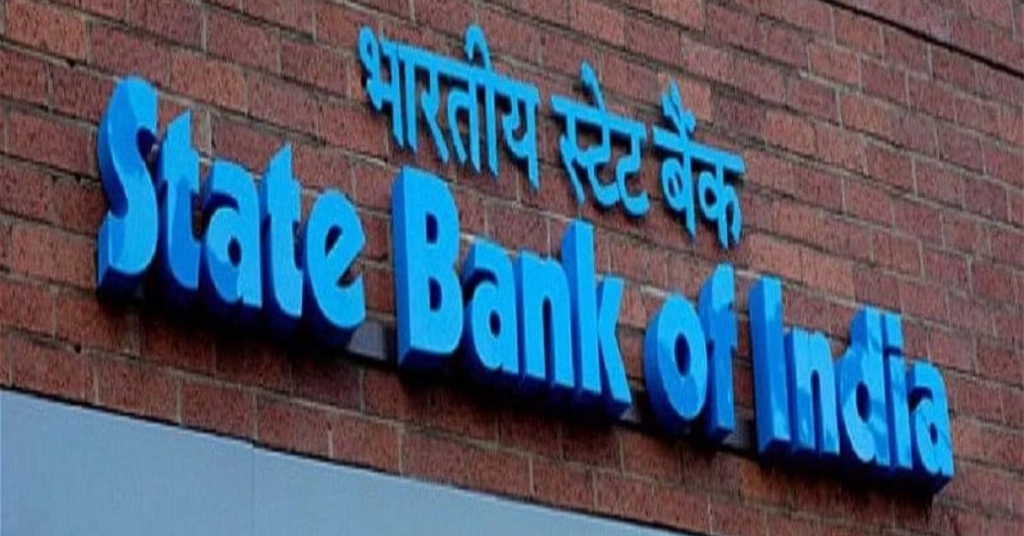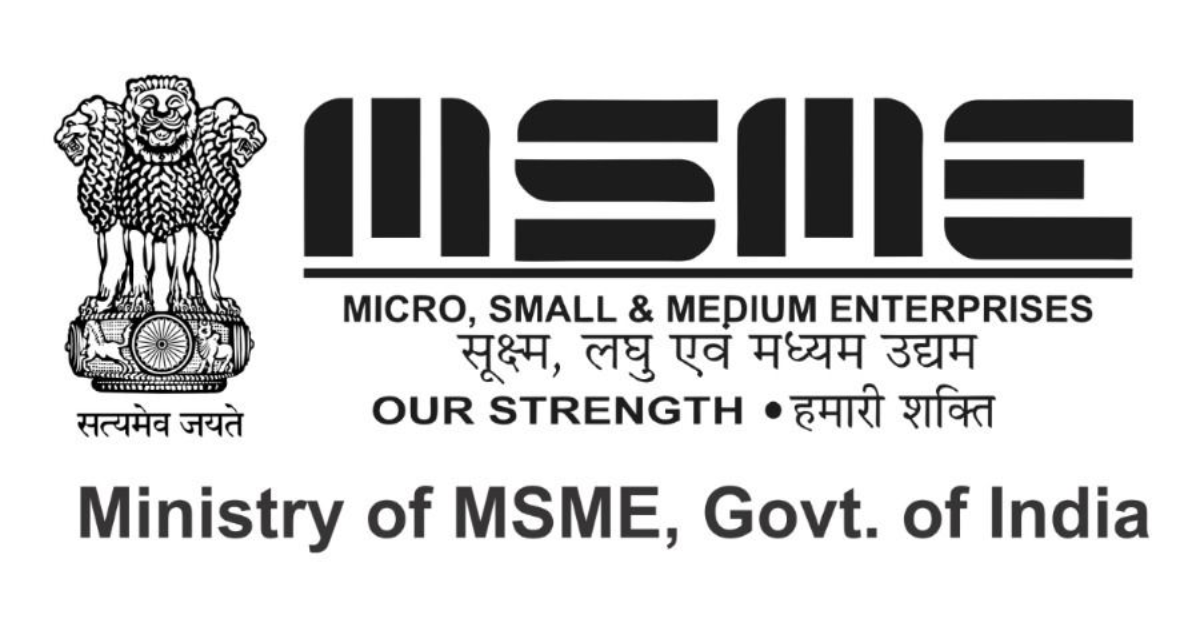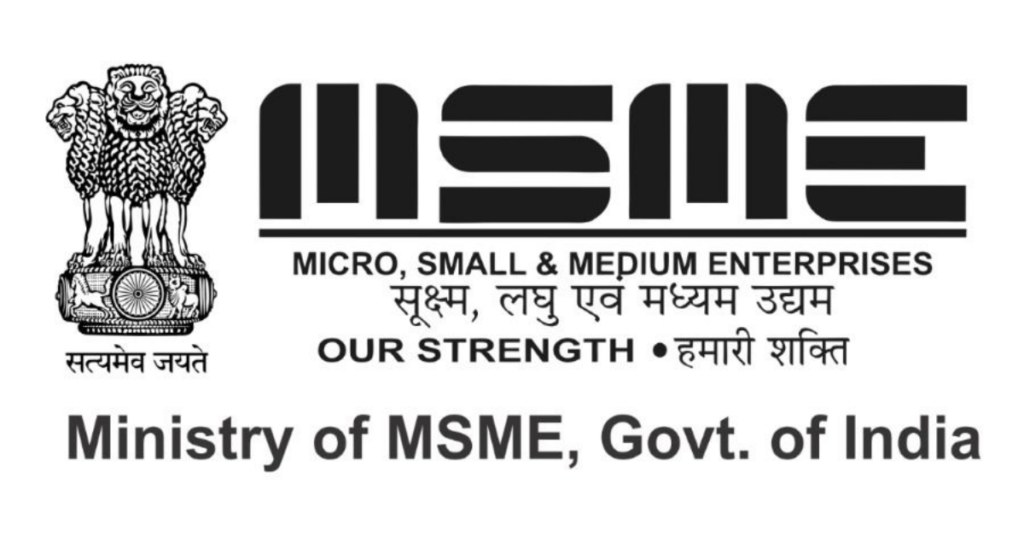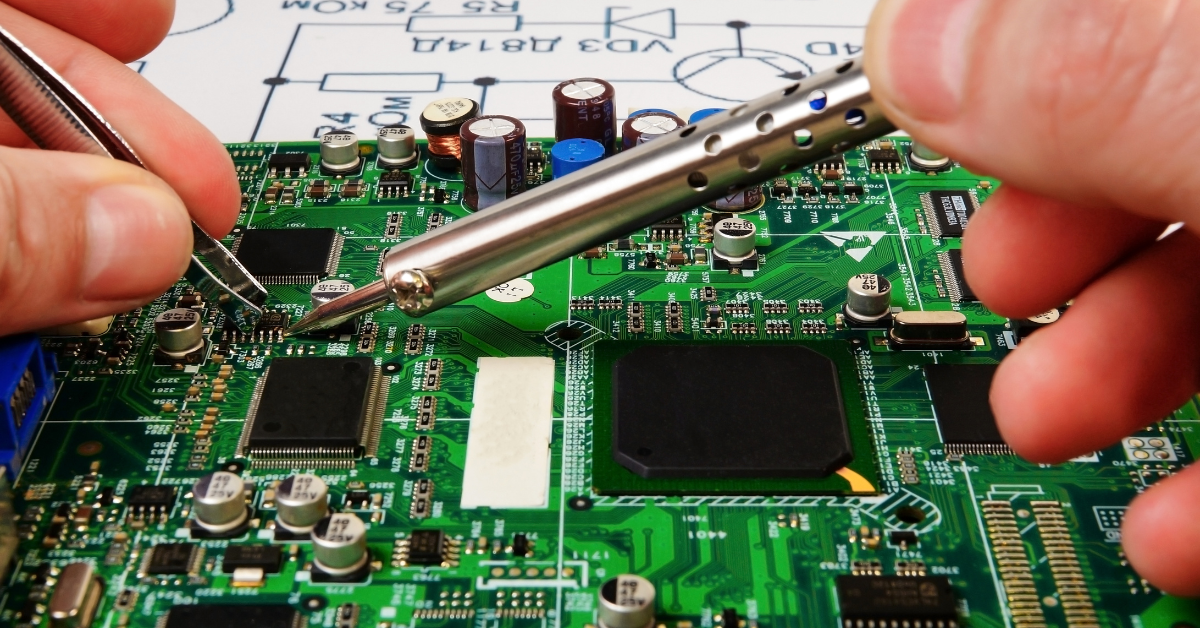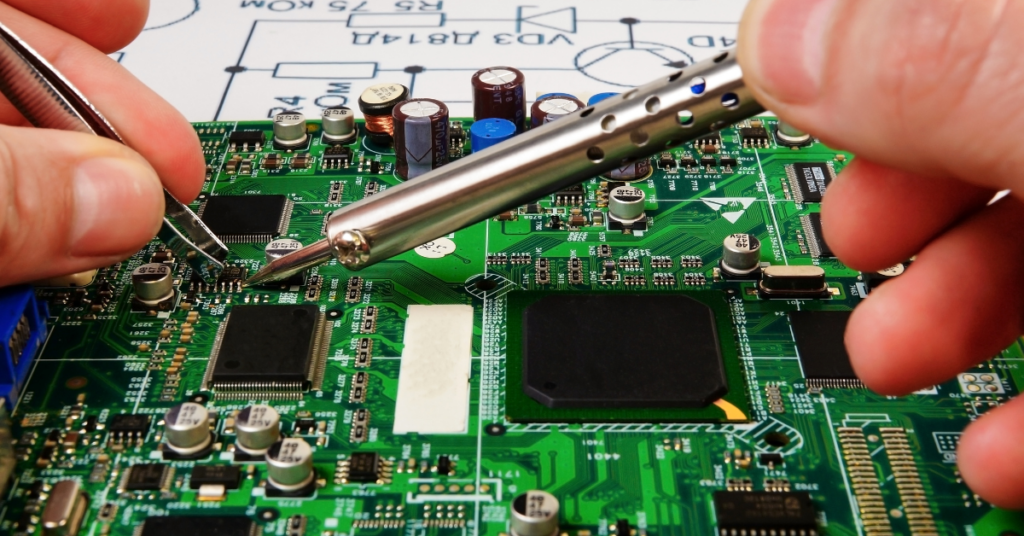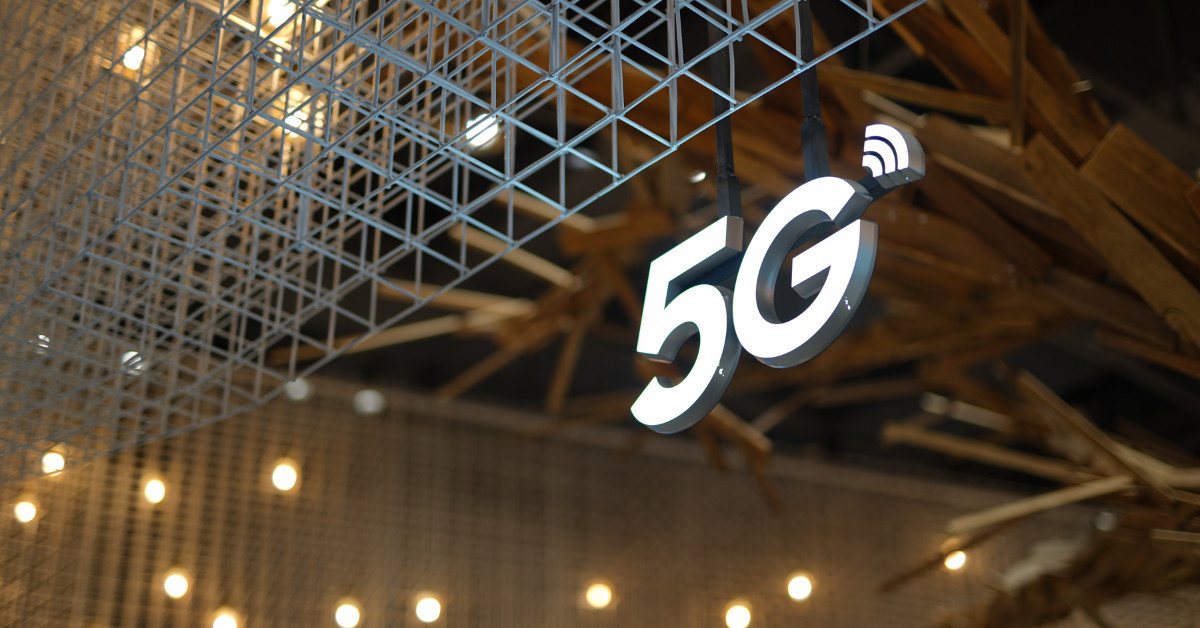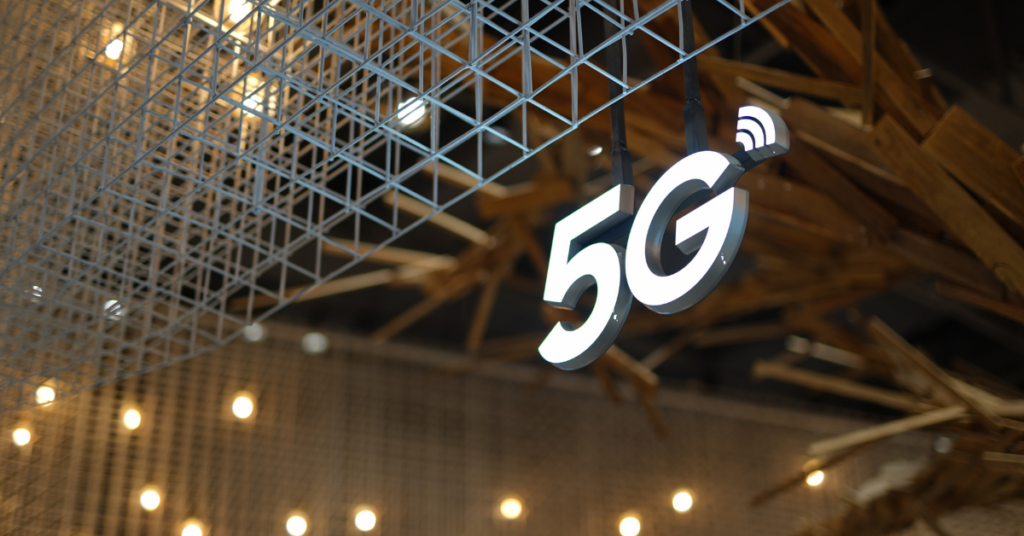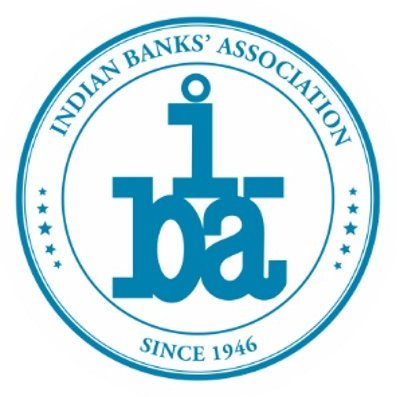
Indian Banks to Request Regulator Not to Increase Provisioning for Infrastructure Loans
The Indian Banks’ Association (IBA) plans to ask the Reserve Bank of India (RBI) to maintain the current provisioning requirements for infrastructure project loans. This response is in light of the RBI’s recent proposal to significantly increase the capital banks and non-banking financial companies (NBFCs) must set aside for these loans, according to three banking sources cited by Reuters on Wednesday.
In May, the RBI suggested that banks and NBFCs should allocate a provision of 5% of the total loan amount for infrastructure projects during the construction phase, a substantial rise from the current requirement of 0.4%.
“The blanket 5% provisioning requirement will sharply increase the cost of implementing such projects and will hurt project financing,” one source familiar with the matter stated. They suggested that additional provisioning should only be required if there is a delay in project completion.
Indian banks have previously faced significant defaults on infrastructure loans during 2012-2013 due to aggressive lending, which strained the banking system. Currently, India is experiencing a surge in government-led infrastructure projects aimed at boosting the economy. Given that asset quality issues are not particularly alarming at present, two banking sources believe implementing stringent provisioning rules may not be wise.
The IBA met on Tuesday to discuss feedback from individual banks and intends to submit a formal request before the June 15 deadline. The association did not immediately respond to Reuters’ request for comment.
The Finance Industry Development Council (FIDC), representing NBFCs, has also opposed the RBI’s proposal, suggesting the provisioning requirement remain at the current level. Additionally, the IBA will request that the new norms not apply to loans extended prior to the implementation of these guidelines.


